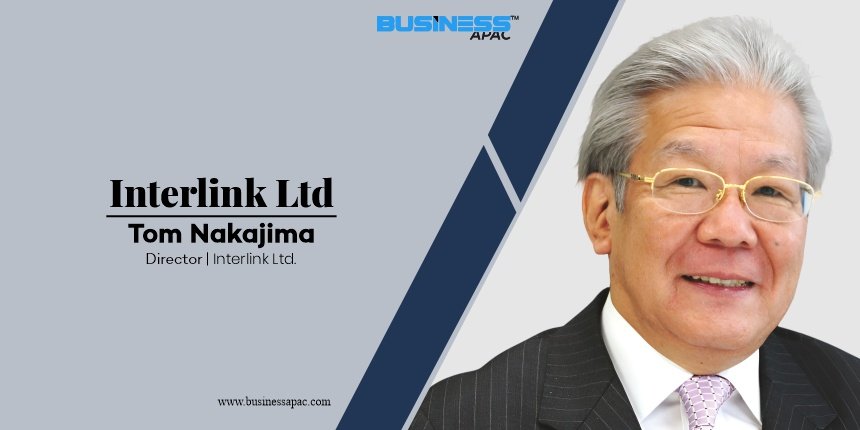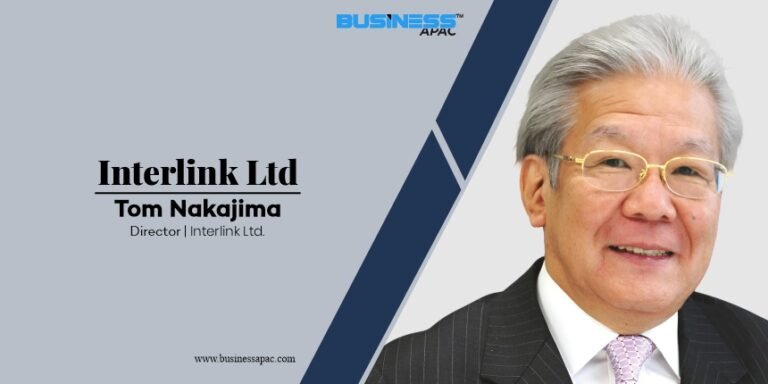Providing health insurance to your employees is a vital part of running a small business today. Not only does it attract and retain top talent, but it also supports your team’s overall well-being and productivity. However, with so many group health plan options available, understanding which funding model best fits your company’s needs can be overwhelming.
If you’re a small business owner or HR leader navigating these choices, it’s important to weigh the pros and cons of the three primary group health insurance funding models: fully-insured, self-funded, and level-funded plans. This article will break down each option clearly and help you decide which model aligns best with your company’s size, budget, and risk tolerance.
Understanding Group Health Insurance Funding Models
Before diving into the differences, it’s helpful to understand what “funding model” means in the context of health insurance.
- Fully-Insured Plans: You pay a fixed monthly premium to an insurance carrier, which assumes all the risk of paying claims. This traditional model is common among small businesses.
- Self-Funded Plans: Your business assumes the financial risk and pays employee claims directly as they arise, often working with a third-party administrator (TPA) for claims management.
- Level-Funded Plans: A hybrid approach blending aspects of both fully-insured and self-funded plans, offering predictable costs with potential savings if claims are lower than expected.
Choosing the right funding model is a critical component of strategic health plans for organizational growth ensuring your benefits package supports your workforce while managing costs effectively.
Fully-Insured Plans: The Traditional, Predictable Approach
What Are Fully-Insured Plans?
Fully-insured health plans are the most straightforward and widely used option among small businesses. With this model, you pay a fixed monthly premium to an insurance carrier, which then covers all employee medical claims. Your business transfers the entire risk to the insurer.
Pros of Fully-Insured Plans
- Budget Predictability: Fixed premiums allow you to plan expenses annually without surprises.
- Simplified Administration: The insurer handles claims processing, compliance, and customer service.
- Regulatory Compliance: Insurance carriers ensure plans comply with federal and state laws.
- Lower Risk: Your business is not financially responsible for claim costs beyond premiums.
Cons of Fully-Insured Plans
- Higher Premiums: Because the insurer takes on all risk, premiums often include additional fees and profit margins.
- Limited Flexibility: Customizing benefits and coverage options is often restricted.
- Premium Increases: Premiums may rise due to claims experience, even if your employees remain healthy.
Who Should Consider Fully-Insured Plans?
Fully-insured plans are ideal for very small businesses with fewer than 25 employees or those preferring a hands-off approach to health benefits. If your priority is budget stability and minimal administrative complexity, this model can work well.
Self-Funded Plans: Taking Control of Your Healthcare Costs
What Are Self-Funded Plans?
With self-funded plans, your business pays for employee healthcare claims directly as they occur instead of paying a fixed premium to an insurer. Typically, you’ll purchase stop-loss insurance to protect against unexpectedly large claims. A third-party administrator (TPA) often manages claims processing and customer support.
Pros of Self-Funded Plans
- Cost Savings: If your workforce is healthy with low claims, you may save money compared to fixed premiums.
- Plan Customization: You can tailor benefits to suit your employees’ specific needs.
- Cash Flow Flexibility: You only pay for actual claims, rather than a fixed premium.
- Avoid State Mandates: Self-funded plans are governed by federal ERISA laws, so you may avoid state insurance mandates, which can reduce costs.
Cons of Self-Funded Plans
- Financial Risk: Your business is responsible for all claims, which can be unpredictable and costly without adequate stop-loss coverage.
- Cash Flow Challenges: Large or unexpected claims could impact your cash flow.
- Complex Administration: Requires more resources to manage claims and compliance.
- Requires Larger Employee Base: Usually best suited for businesses with 40 or more employees due to risk exposure.
Who Should Consider Self-Funded Plans?
Businesses with stable, healthy employee populations and the financial capacity to assume some risk often find self-funded plans attractive. Companies with experienced HR teams or benefits consultants can leverage self-funding to reduce costs and tailor benefits effectively.
Level-Funded Plans: The Hybrid Option Offering Balance
What Is Level-Funded Plans?
Level-funded plans combine features of both fully-insured and self-funded models. You pay a fixed monthly amount based on expected claims, administrative fees, and stop-loss insurance. If claims come in under budget, you may receive a partial refund at year-end.
Pros of Level-Funded Plans
- Predictable Monthly Costs: You pay a stable monthly amount, simplifying budgeting.
- Potential Refunds: If actual claims are lower than expected, your business may get money back.
- Lower Risk: Stop-loss insurance protects against very high claims.
- Flexibility: More customization options compared to fully-insured plans.
Cons of Level-Funded Plans
- No Guaranteed Refund: Refunds depend on actual claims experience.
- Requires Good Health Data: Underwriting may require detailed employee health information.
- Not for High-Risk Groups: If employee claims are consistently high, this plan may not save money.
Who Should Consider Level-Funded Plans?
Level-funded plans are a great stepping stone for small to mid-sized businesses (typically 10–50 employees) looking to dip their toes into self-funding while managing risk. They combine cost predictability with some benefits of self-funded customization.
How to Choose the Best Model for Your Small Business
When deciding among fully-insured, self-funded, or level-funded plans, consider:
- Company Size: Smaller firms benefit from simplicity; larger small businesses can take on more risk.
- Financial Risk Tolerance: Can your business handle fluctuations in claims costs?
- Cash Flow: Will you manage potentially large claim payments?
- Administrative Capacity: Do you have internal resources or partners to handle claims and compliance?
- Employee Health Profile: Healthy populations reduce risk in self-funded or level-funded plans.
- Customization Needs: How important are personalized benefits to your workforce?
Every business is unique. Consulting with an experienced broker or benefits advisor can help you develop strategic health plans for organizational growth that align with your goals and protect your investment in employee well-being.
Conclusion
Choosing the right group health insurance funding model is crucial for small businesses striving to offer competitive benefits while managing costs. Fully-insured plans offer predictability and ease, self-funded plans offer control and potential savings, and level-funded plans provide a balanced approach with less risk.
Careful evaluation of your company’s size, financial health, and employee needs will guide you to the best choice. Remember, your health plan is not just an expense—it’s a strategic investment in your workforce’s health and productivity.
If you’re ready to explore your options, start by speaking with an expert who understands the nuances of small business health insurance. Crafting the right benefits package today lays the foundation for stronger teams and sustained growth tomorrow.
Also Read: Get Funded Fast: Your Path to Securing a Business Loan











